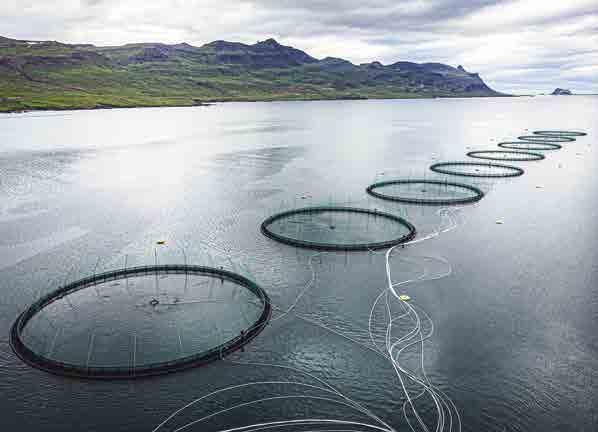
3 minute read
Net–Zero Transition
Net–Zero Transition
PHOTOGRAPHS AND TEXT BY SIMONE TRAMONTE — PHOTOGRAPHER
Advertisement
The COVID-19 pandemic has resulted in the most severe economic recession in recent years. This crisis, however, can be leveraged into an unprecedented opportunity to transition towards a more sustainable future. Earth is warming rapidly as a consequence of greenhouse gases that are being released into the atmosphere by human activity at the highest levels of any time in the last 800,000 years. The Paris Agreement, signed by 195 countries, seeks to cap global warming at 1.5 °C in order to keep the catastrophic consequences of global warming to a minimum. To reach this goal, the international community must eliminate emissions from billions of human activities around the world. Iceland, an isolated island in the harsh climate of the North Atlantic, devastated by the 2008 financial crisis, has successfully transformed its economy by adopting sustainable models of production and consumption.
Within a few decades, the country has reduced its dependence on fossil fuels and completed a full transition of its power grid to renewable energy sources. This transition has inspired a generation of innovators and entrepreneurs to research new business models based on the green economy, with minimal impact on the environment. Witnessing the effects of global warming first-hand as their glaciers melt, Iceland has become a global leader in renewable energy technology and the reduction of harmful emissions. The transition to a net-zero impact economy has been made possible by, for example, high-tech greenhouses to cultivate fruits and vegetables supported exclusively by renewable energy, sustainable aquafarming, innovative technologies to capture and disperse greenhouse gases and initiatives to restore the forests that have been destroyed over recent centuries. This small country has been able to point us towards various possible approaches to tackling the global climate crisis and integrating solutions for a meaningful transition towards a more sustainable future.

The fish farm of Ice Fish Farm in Faskrudsfjordur. There is great attention to sustainable and responsible fish farming, achieved through eco-friendly operation that nurtures both the environment and workers. Fish farming in the Atlantic fiords has zero bycatch, as no other species are unintentionally caught or harmed by fishing lines or nets. There is no need to use antibiotics, chemicals or delousing and no anti foiling on nets. Fish are fed with non-GMO feed ensuring a GMO-free operation.
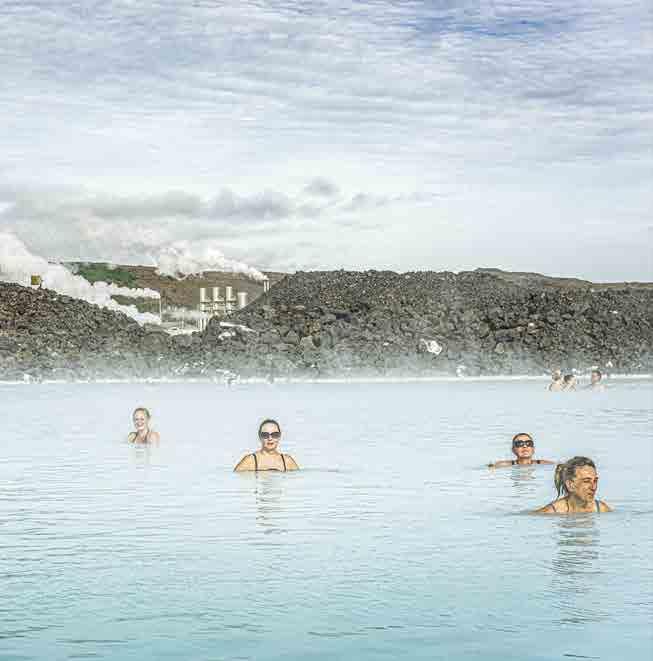
The Blue Lagoon, one of Iceland's most important tourist attractions. Geothermal water that has already generated electricity at the Svartsengi Power Station and has passed through a heat exchanger to provide heat for a municipal water heating system is finally fed into the lagoon. The water’s high silica content keeps it from leaching into the lava field and gives it an appealing aqua tint.
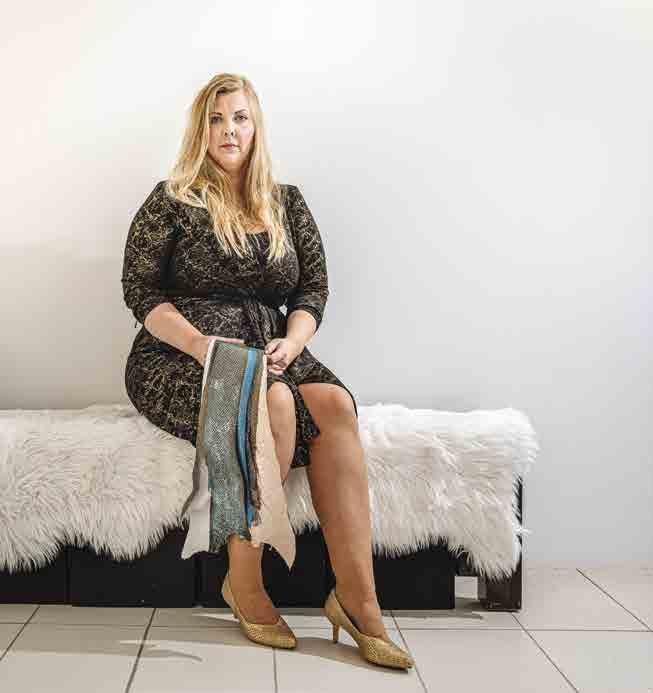
Halldóra Eydís, in her showroom in Reykjavik. Halldóra created a fashion brand focused on making comfortable and fashionable shoes that uses sustainable raw materials, like Icelandic fish skin and horse hairs.
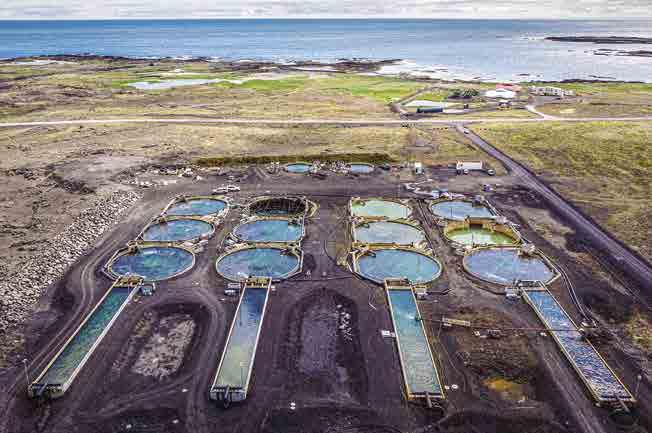
A land-based aquaculture plant operated by the innovative start-up Matorka, in Grindavik. Matorka’s fish farm implements unique design elements that enhance energy efficiency and environmental performance. The facility is designed as a modular system, with each module consisting of a raceway at the top, linked to three grow-out tanks. Each tank sits 1.2 metres below the one above, allowing water to flow from one tank to the next using only the power of gravity.
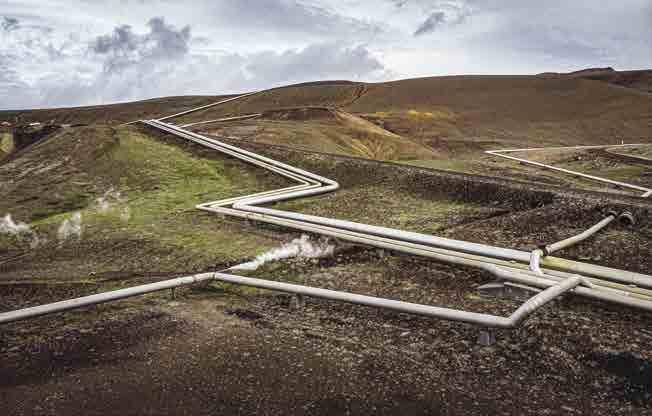
Water pipes in Hellisheidi geothermal area. The area covers about 112 km2 and constitutes one of the most extensive geothermal areas in Iceland. After the energy production processes, any excess steam is cleaned from CO2 and H2S while the emissions caused by the volcanoes are harnessed. These chemicals are then remineralised or used industrially to ensure the least impact on the environment as possible.
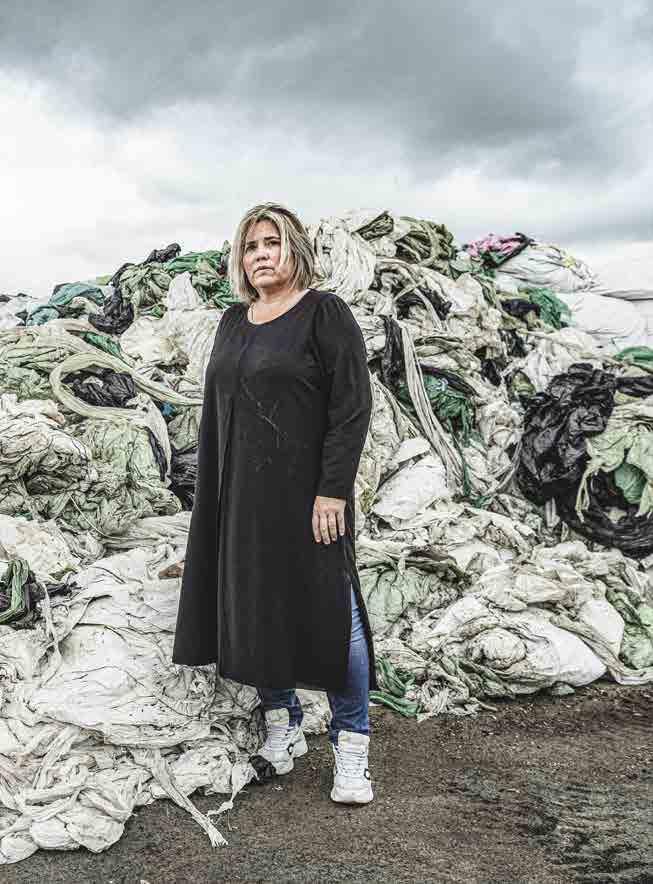
Áslaug (Asa), co-founder of Pure North Recycling, in front of disposed plastic ready to be recycled. “This is our money”, Asa said in front of this plastic garbage. The company implements a process that allows recycling plastic completely without using any chemicals, but only steam, water, and electricity provided by the geothermal plant. Plastic processed by their facility is turned into a raw material that is then sold to companies that make new products from it.
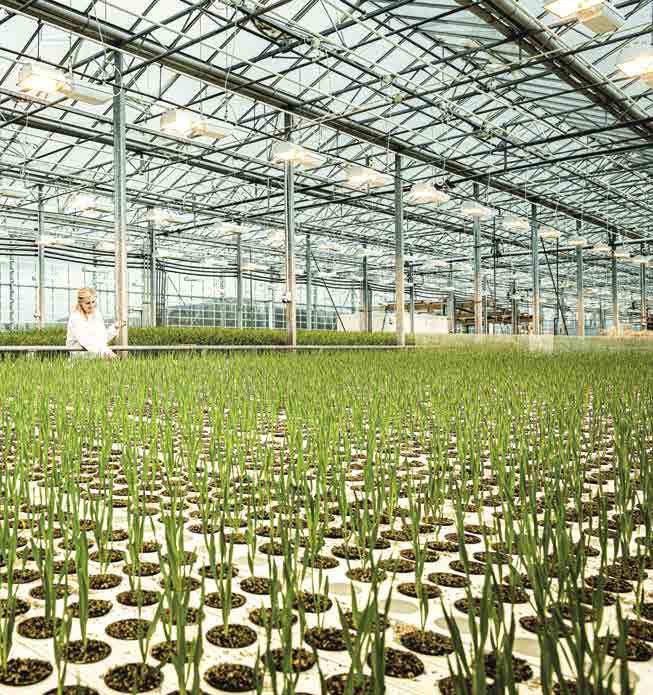
Elisabet controls barley seedlings at Bioeffect carbon-negative greenhouse, in Reykjanes Peninsula. The scientists of Bioeffect have developed a method to genetically engineer barley and produce Epidermal Growth Factor (EGF). This is a protein that stimulates cell growth and is used in luxury cosmetics to rejuvenate skin. This greenhouse holds up to 130,000 barley plants growing in inert volcanic pumice. The greenhouse is powered by clean geothermal energy and heat supplied by the neighbouring Svartsengi Power Station. A single gram of pure EGF has a market value of 10k$.
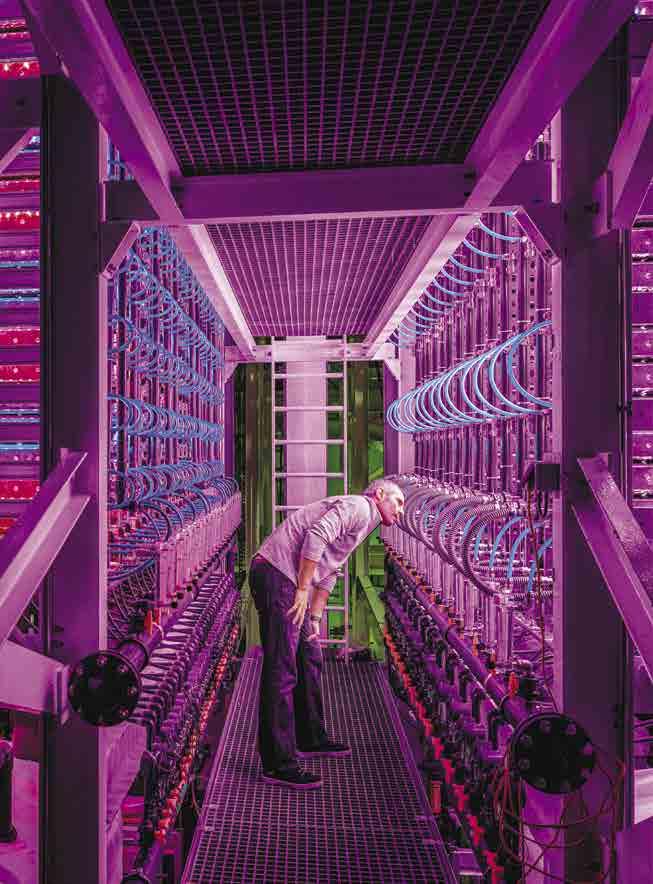
Kristinn Haflidason, CEO of Algaennovation, monitors one of their photobioreactors in the micro-algae production facility, at ON’s Geothermal Park in Hellisheidi. Iceland has successfully transformed its economy. In a span of a few decades, the country moved away from fossil fuels and shifted to 100% electricity production from renewable sources. This transition nurtured an ecosystem of innovation, creativity and entrepreneurship that generated new ways to make business with minimal impact on the environment. Algaennovation proprietary technology for micro-algae cultivation enables to have negative carbon footprints and use less than 1% of freshwater and land areas used by conventional small-scale algae companies. The plant uses water and electricity from the nearby Hellisheidi geothermal power plant and exploits carbon dioxide emissions in a process that turns waste to value in a sustainable manner.
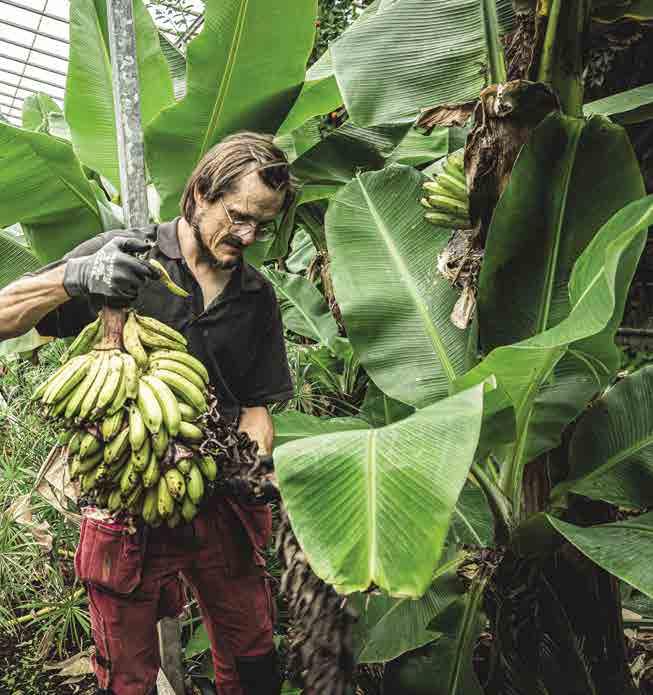
Kjartan, a researcher at the Icelandic Agricultural University, in the banana plantation in Hveragerði. This greenhouse has been growing bananas for research purposes since the 1950s and it is one of Europe‘s largest plantations. Hveragerði means hot springs garden. In this area, geothermal energy has been used for decades to heat the greenhouses and to provide illumination during the darkest months.
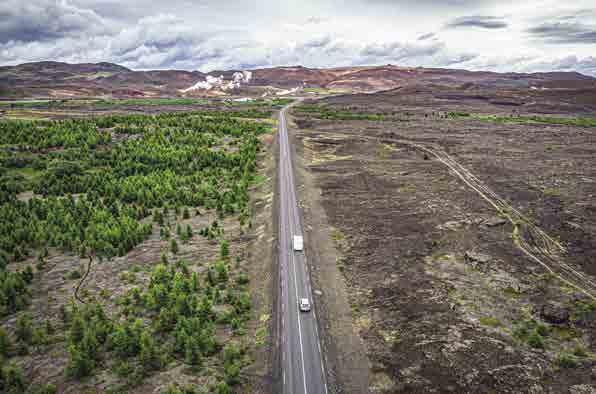
The country lost most of its trees more than a thousand years ago, when Vikings settlers harvested the forests to build their homes and boats and as fuel. As climate change has become a greater concern, Iceland’s leaders have viewed reforestation as a way to help the country meet its climate goals. Reforesting the Icelandic countryside has benefits for farmers and counteracts erosion and sandstorms. Thanks to the reforestation initiatives more than three million trees were planted in recent years.

Simone Tramonte is an Italian photographer, based in Rome. After graduating in economics, he decided to pursue his passion for photography and took up a freelance career based on a combination of self-produced projects and external assignments. Since 2008, he has focused on documenting contemporary social and environmental issues. More recently, his attention has turned to analysing the relationship between people and the planet and describing how innovative technologies are leading these relationships towards a sustainable future. His projects have been published in some of the leading Italian and global magazines, including National Geographic, CNN, The Guardian, GEO, Der Spiegel, Internazionale, Politics and L’Espresso. In 2021, he took first place in the Environment category with “NET-ZERO TRANSITION” at the Sony World Photography Awards.
www.simonetramonte.it










